The Process & Form Of Brian Craig- Wankiiri
By Adam Reeder
The best way to learn the trade of art is to do as artists have always done, learn from the best. I think it is without question that Brian Craig- Wankiiri is one of the greatest living sculptors on the planet.
I first encountered Brian's work while visiting the John Pence Gallery in San Francisco during my first year of Graduate school (At the time I was a painting Major).
Seeing Brian's work helped me decide to switch majors back to sculpting. Brian works at life-size scale. The true power of his work can only be realized when seeing the sculpture in the flesh. There is no other way to describe his self- portraits besides "in the flesh".
I began my interview with Brian by asking him to describe his process.
Brian-
Because my life-size male figures are self-portraits I have developed a few strategies for making my work that assist me in accurately depicting my proportions and general form. I begin by doing a series of measurements off of key body points to make the armature and block out the figure. Any subcutaneous bone points are important, such as the knees, hips, sternum and 7th cervical vertebra. These are then transferred to the armature using a cage device to map out general outlines. (see image)
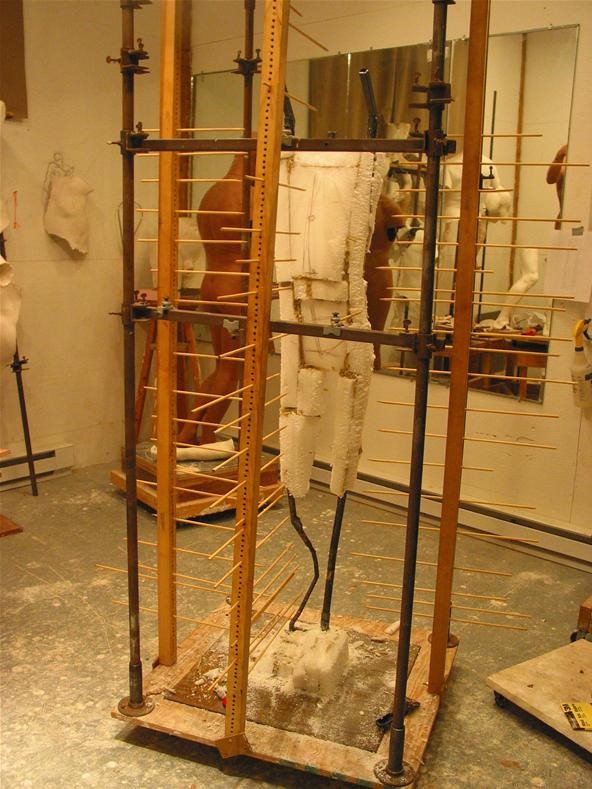
In addition to careful measurements I also use photographs and mirrors to get the general composition. I don't try to be too exact in this process, but rather I try to use my own body as a guide in conjunction with my knowledge of sculptural human form.
I tend to make adjustments according to what will look best sculpturally, not necessarily for pure accuracy. I also employ the use of body casts to work on certain parts of the figure, especially the back and legs--areas that are hard for me to observe in mirrors.
I have found that to use them effectively I must do multiple casts of the sections I want to use. This is because I can never be sure I am in the right position. Also, if I have multiple casts of the areas I can't see, then I have more options to choose from as I model the form. It is a similar problem with photographs. Both of these tools are frozen, which is dangerous because I could be tempted to copy that which doesn't move. However, if I have many sources for the formal information I am forcing myself to edit, manipulate and synthesize to create something unlike the frozen image or cast object.
Adam-
What type clay do you use?
Brian-
I use Chavant's Le Beau Touche', regular hardness, brown clay.
Adam-
What mold- making process do you use?
Brian-
I prefer tin-cured silicone rubbers, with mother molds in either Ultracal or Smooth-on's Plastipaste (I am going to start using the latter exclusively for its light weight and ease of application).
Me-
What foundry do you suggest using?
Brian-
I do a lot of my own bronze work, but I pay foundries to do the casting. I prefer to use foundries out west. They tend to be cheaper than east coast foundries, and the quality is generally good. My favorites are The Crucible in Norman, OK and Bronze Services of Loveland in Loveland, CO. I do the molds, waxes, bronze welding and chasing and patina. This saves tremendous amounts of money and gives me control over the results.
Me-
How about school? Is there one you favor?
Brian-
I don't really have any general advice on art schools, even though I teach at one. This is because I think it is a very personal decision. There are too many factors to consider one place to be the best for everyone. The Lyme Academy College of Fine Arts provides a great deal of observational training and structure, so it is a place I think students should consider if they wish to do representational sculpture.
(Note: I went to the Lyme Academy for the National Sculpture Society's Figure Sculpting Competition a few years ago. It truly was a wonderful place. I am aggressively against art schools, however the Lyme Academy is one of very few exceptions to that).

Just updated your iPhone? You'll find new emoji, enhanced security, podcast transcripts, Apple Cash virtual numbers, and other useful features. There are even new additions hidden within Safari. Find out what's new and changed on your iPhone with the iOS 17.4 update.



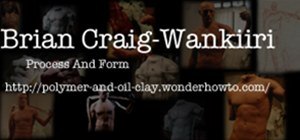
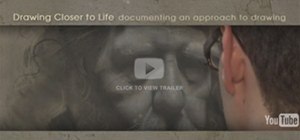
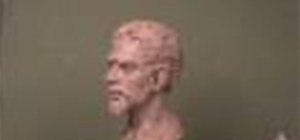

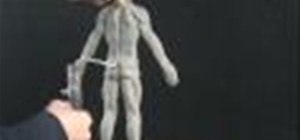
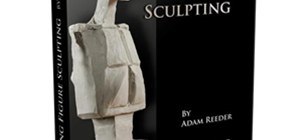
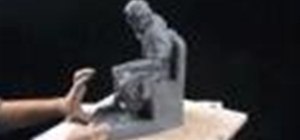
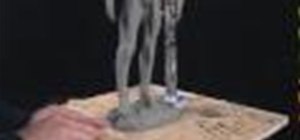
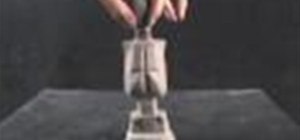
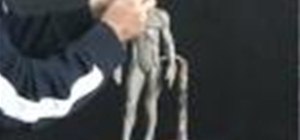
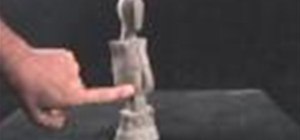
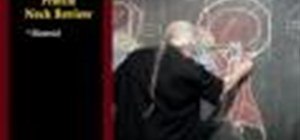
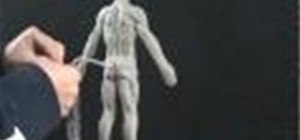
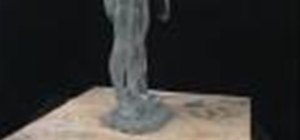
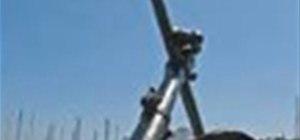

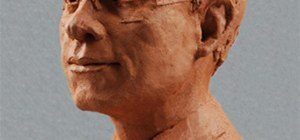
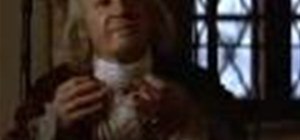
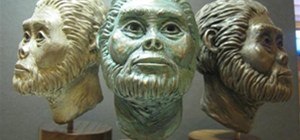
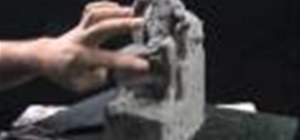
Be the First to Comment
Share Your Thoughts